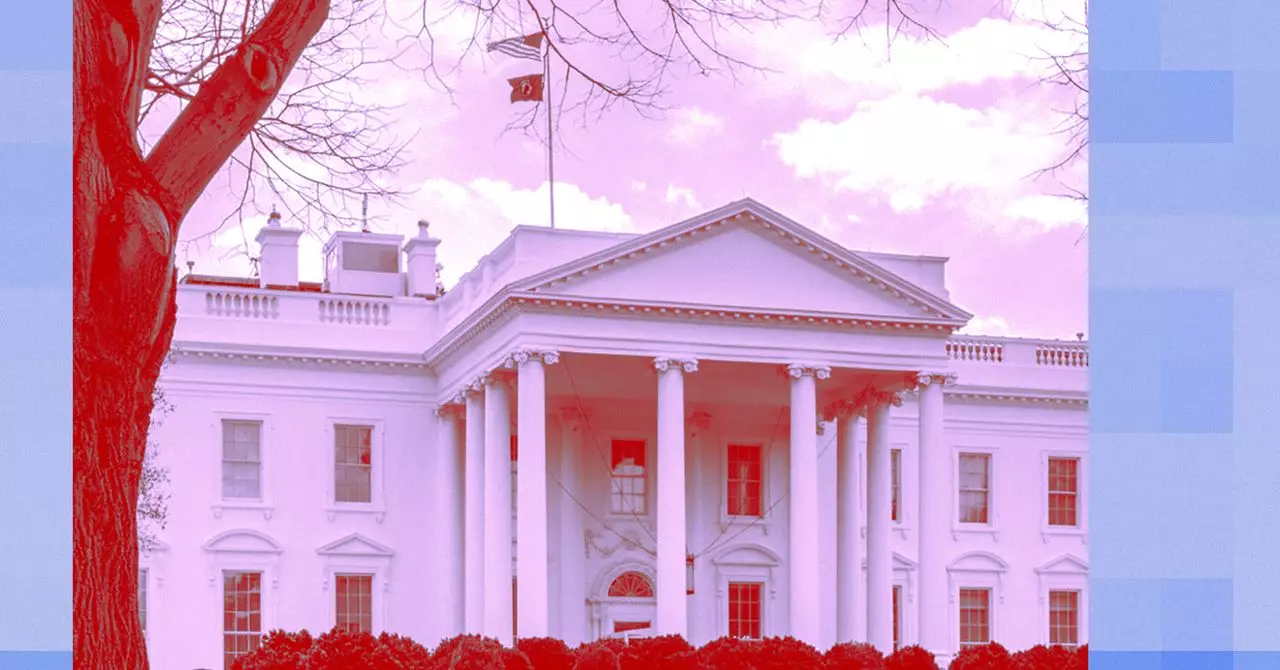The ongoing evolution of artificial intelligence (AI) has generated intense debate among lawmakers, industry leaders, and technology enthusiasts alike. A pivotal moment occurred on May 16, 2023, when Sam Altman, CEO of OpenAI, addressed a Senate Judiciary subcommittee for a hearing entitled “Oversight of AI.” This session, laden with enthusiasm, represented a collective acceptance of AI’s transformative potential. Altman described the current landscape of AI as akin to a modern “printing press moment,” underscoring the need for robust regulatory frameworks aimed at mitigating risks while promoting innovation. The essence of this dialogue centered on the collaboration between legislators and technologists, grounded in the belief that proper regulations would serve as a catalyst rather than a hindrance to technological growth.
However, this initial sense of urgency surrounding regulatory intervention has seen a notable shift, particularly highlighted in Altman’s subsequent appearance before Congress on May 8, 2023. This roundtable, named “Winning the AI Race,” suggested a departure from oversight-heavy rhetoric. Rather than advocating for stringent regulatory measures, Altman and legislators began to favor a framework conducive to innovation devoid of excessive constraints. This pivot reflects not only the evolving sentiments in Washington but also external factors influencing decision-making processes, marking a critical juncture in how AI is perceived at the governmental level.
A New Generational Push for Freedom
The crux of the discussions surrounding AI regulation has transitioned from a focus on oversight to a more liberating perspective. Senator Ted Cruz’s remarks illustrated this change: he argued that government actions should prioritize fostering innovation by removing barriers to growth, effectively endorsing Altman’s evolution from a call for regulation to a plea for investment. The underlying message was clear: while safety measures may still be necessary, their implementation should not stifle the rapid pace of industrial evolution. Altman articulated the potential danger of overregulation, likening stringent rules to potential economic disaster—particularly in comparisons to the more aggressive European Union regulatory stance.
Thus, the sudden shift in momentum towards a more pro-business, growth-oriented attitude can largely be attributed to a combination of political shifts and the maturing understanding of AI’s implications. The panic surrounding initial developments, especially spurred by the rise of ChatGPT, has receded as the realization set in that legislative bodies are inherently slow to respond. This tardiness comes hand-in-hand with the recognition that a conducive environment for AI requires relaxed policies that empower developers and businesses alike.
Economic Competitiveness Over Caution
The urgency of legislative focus has only intensified in light of geopolitical considerations, particularly with the relentless rise of AI technology in China. In particular, the fear of falling behind in the so-called “AI race” has prioritized competitiveness over cautious regulation. The discussed notion of a “hard takeoff”—where AI systems could exponentially advance beyond human control—becomes less an academic exercise and more a pressing concern for national security and economic viability. The American power structure now faces an urgent choice: prioritize prudent regulation or respond proactively to perceived threats.
Voices like Eric Schmidt, former CEO of Google, bolster this narrative, warning that if another country achieves supremacy in AI, the ramifications could result in a serious, irreversible technological disadvantage for the United States. The stark contrast between a precautionary regulatory framework and a laissez-faire approach reflects broader economic competition concerns. Rather than focusing solely on ethical considerations, policymakers now find themselves navigating a complex landscape where protecting industrial interests takes precedence over implementing safeguards, thus raising questions about the long-term implications of such prioritization.
The Legislative Landscape: A Call for Balance
Recent developments suggest a disconcerting trend wherein attempts to regulate AI at the state level are being hindered by federal directives aimed at preventing any legislative turbulence. A notable provision in a recent House bill mandated a 10-year moratorium on state-level AI legislation, an extreme measure that could have long-lasting effects on innovation. Such a vacuum of action contradicts the urgency for nuanced frameworks addressing the risks posed by this rapidly advancing technology. As the AI revolution continues to unfurl, the implications of stunted regulatory efforts could morph into an environment where ethical lapses overshadow technological advancement.
In this context, a collaborative dialogue among stakeholders becomes critical. A balance must be struck between fostering innovation and ensuring responsible development practices that safeguard public welfare. As legislative bodies grapple with the rapid pace of AI growth, the stakes have never been higher, necessitating a reconsideration of what it means to regulate technologies that have the power to reshape human existence. And so, as the momentum shifts, fundamental questions linger over how to proceed without sacrificing safety at the altar of innovation.

